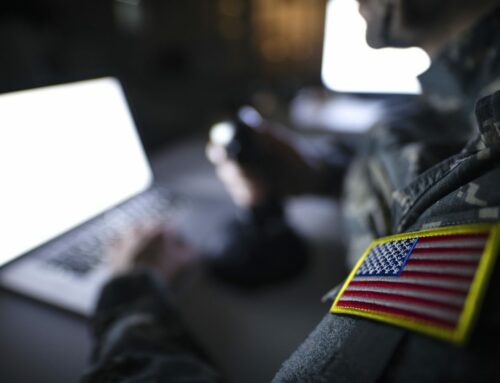When it comes to large and complex bids like NASA SEWP VI, there can often be anxiety around when and how to begin developing your response. To date, we estimate that 40 percent of SEWP VI bidders have not yet begun.
Likely, this means that they have:
- Not developed their strategy.
- Not determined what is the level of effort (LOE) and what combination of employees and / or consultants will fill the specific positions on their proposal team.
- Not prepared a Proposal Readiness Review (PRR) comparing their capabilities to the RFP and determining what their overall strengths and weaknesses are.
Why Have Most Bidders Not Yet Begun?
I believe most bidders have essentially not started because they are afflicted with what I call the NASA SEWP “jitters.” This is a condition that includes a high level of anxiety because you are facing the most attractive and complex IT contract in the industry.
But there are also many unknowns. For the most part, the evaluation factors are thin and lacking in specificity. Some bidders hope that NASA will move the goal post as to bidder company size, Past Performance, and Experience contract size (etc.) in one direction or the other.
So, the decision is often to wait for the final RFP to begin while the clock continues to run. The thinking is that this approach will save B&P costs and will hopefully not matter in the long run.
The Posture of Serious Bidders: Addressing the SEWP VI Jitters Head-On
Those bidders who are determined to win are well along in their efforts. At a minimum, they have completed their strategy, determined who will fill each position on their proposal team, and completed their Proposal Readiness Review (PRR) study. Many companies we know are well into or nearly complete in writing their first draft proposal.
Why Winners Are Not Waiting
Our answer to this item is based on our 30 years of experience, where we have:
- Helped customers win SEWP contracts starting with SEWP I.
- Helped customers to win 10 SEWP V contracts for the 10 customers we supported.
- Discussions with numerous SEWP VI bidders and qualified consultants.
Here are some of the reasons why winning bidders aren’t sitting around waiting:
- The number of qualified consultants who are also lower priced becomes less with each passing week.
- The quantity of consultants with SEWP experience also decreases each week.
- Small businesses who need subs and partners to win are getting started while good and responsive companies are still available.
- Wise companies that probably won’t begin the serious writing now are at least completing the tasks of preparing their PRR and their proposal strategy. Because of the general premise that, these initial steps will help them identify any deficiencies and long-lead-items that need to be rectified in a timely manner.
If I were a division GM or small business owner, I would not wait a day more without moving the ball forward.
Where to Get Help
- Of course, you want to stay in-house if you have qualified consultants available.
- If you need outside help, we can help you prepare winning SEWP VI bid. Here’s why:
- 40 remaining consultants with SEWP experience.
- Experience helping 10 SEWP V bidders win contracts under which they sold $1,500,000,000 in product to SEWP customers.
- Surveys have shown that 90 percent of our customers say our prices are fair.
- We have a Proposal Readiness Review (PRR) product in which a qualified consultant spends about 40 hours in doing a gap analysis between your capability and the RFP. The result is a nonbiased report identifying your strengths and weaknesses and includes a high-level proposal preparation plan.
Does anyone remember the adage, “He who hesitates is lost?”
OCI is ready to assist your efforts with a cadre of individuals across all the required skillsets. Most importantly, we have consultants that are experienced with SEWP and can bring ready-made expertise to assist. To discuss this program contact us, today.





Leave A Comment